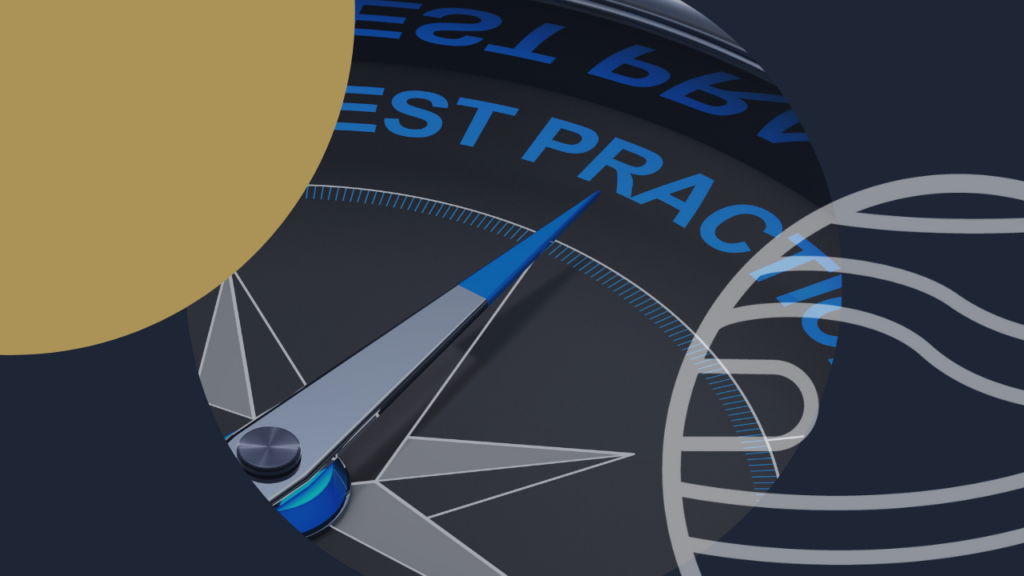The Essential Role of the HIPAA Privacy Officer

Charged with overseeing adherence to the Health Insurance Portability and Accountability Act (HIPAA), the Privacy Officer plays a pivotal role in safeguarding sensitive patient medical information. Their responsibilities encompass various tasks, from developing and implementing privacy policies and procedures to conducting risk assessments, ensuring workforce training and staying updated on changing regulations and technologies
The Value of Drummond’s Comprehensive Healthcare Risk Assessment

Drummond’s Comprehensive Healthcare Risk Assessment (CHRA) goes beyond mere compliance checks, offering a strategic approach to risk management that fortifies organizations against a broad spectrum of threats.
The Opioid Crisis and Its Role in Shaping EPCS Regulations

Ensuring that your vendors maintain robust data handling practices can protect your organization from significant financial, legal, and reputational risks. By prioritizing transparency, compliance, and secure development practices, businesses can safeguard sensitive information, maintain customer trust, and achieve long-term success.
The Importance of Demanding Data Governance Transparency from Your Software Vendors

Ensuring that your vendors maintain robust data handling practices can protect your organization from significant financial, legal, and reputational risks. By prioritizing transparency, compliance, and secure development practices, businesses can safeguard sensitive information, maintain customer trust, and achieve long-term success.
Understanding The Importance of MARS-E Compliance

Minimum Acceptable Risk Standards for Exchanges (MARS-E) is a set of guidelines developed to help secure sensitive data within health exchanges. Established and overseen by the Centers for Medicare & Medicaid Services (CMS), these standards protect personally identifiable information (PII) and other sensitive data used in state and federal health insurance marketplaces. Compliance with MARS-E is not only a regulatory requirement but also a vital component in maintaining the security and privacy of health information.
How to Navigate the PCI Self-Assessment Questionnaire

Learn about different SAQ types tailored to your business model, eligibility criteria, and the steps to maintain compliance and secure cardholder data. Stay proactive with our expert advice to avoid penalties and build customer trust. Enhance your security posture today by understanding and navigating the complexities of PCI DSS compliance.
How FHIR Client Certification Drives Innovation in Healthcare Technology

The FHIR® (Fast Healthcare Interoperability Resources) standard has rapidly become a foundation of modern healthcare, transforming how data is shared across systems and providing patients and providers with real-time access
The Value of Transparency in Modern Business Practices

Charged with overseeing adherence to the Health Insurance Portability and Accountability Act (HIPAA), the Privacy Officer plays a pivotal role in safeguarding sensitive patient medical information. Their responsibilities encompass various tasks, from developing and implementing privacy policies and procedures to conducting risk assessments, ensuring workforce training and staying updated on changing regulations and technologies
Understanding the AoC in the Sector of PCI Compliance

Organizations should view a gap analysis as a checkup of sorts, providing a detailed preview of what aspects of their PCI framework need to be improved before committing to the rigor of a PCI assessment. By conducting a gap analysis, organizations can identify and rectify potential compliance gaps and ensure a robust security posture that can help them save time and money throughout the PCI assessment process.
